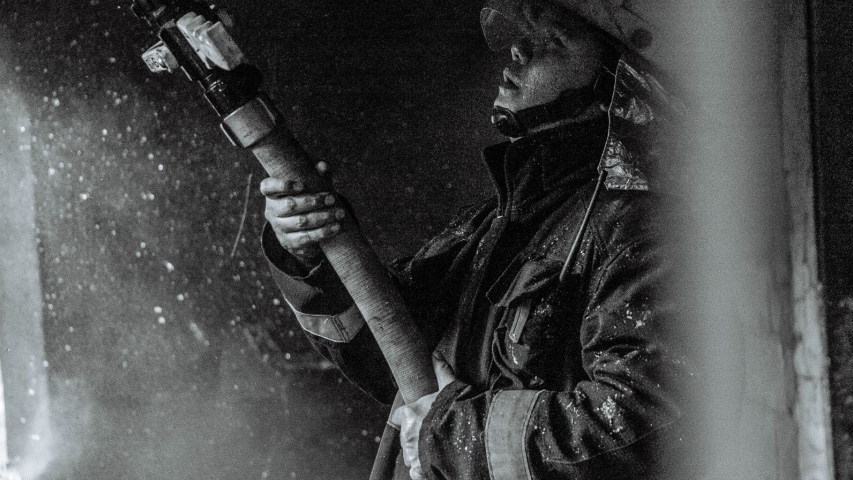
7 Checks Before Choosing Children’s Home Software (2025)
19.09.2025
Trauma Informed Practice – Creating safer, more supportive environments
12.11.2025Bullying in Children’s Homes & Supported Accommodation: Inspection-Ready Practice
Bullying isn’t “just behaviour.” It shapes safety, culture and outcomes and inspectors will look for consistent, well evidenced practice. In our recent Bullying Workshop, Strategic Lead and former Ofsted inspector Marie Born explored what good looks like when preventing and responding to bullying in children’s homes and supported accommodation, including cyber-bullying, peer-to-peer harm, and bullying within staff teams.
Why Bullying Prevention and Response Matters (Ofsted & Regulations)
The Children’s Homes (England) Regulations and Quality Standards expect teams to recognise bullying early, respond safely and fairly, and record clearly. Beyond compliance, a consistent approach helps young people feel heard, reduces harm, and strengthens your home’s culture.
What to Watch For (Including Cyber-Bullying)
Bullying can be:
- Verbal or psychological: put-downs, exclusion, coercion
- Physical: threats, damage to property, assault
- Discriminatory: racist, homophobic, disability-related
- Appearance/identity-based
- Online: messaging apps, social platforms, group chats, image-sharing
Early indicators include sudden distress, avoidance, “lost” money or damaged items, withdrawal, or changes in sleep, mood or attendance. Remember: both the young person bullied and the one doing the bullying need support.
When Bullying Appears in Staff Teams
Team culture matters. Persistent undermining, exclusion, hostile messaging or gossip — whether face-to-face or on WhatsApp/email — harms colleagues and is felt by young people. Teams should set clear boundaries on “banter,” model respectful communication, and act early on concerns.
Practical Steps for Teams (Checklist)
- Make training universal and refreshed. Ensure every team member completes anti-bullying training (including cyber) at induction with scheduled refreshers. Use supervision to keep learning live and surface team dynamics.
- Assess risk and act early. Identify hotspots and patterns, adjust staffing/oversight, and update individual risk assessments before harm escalates.
- Respond consistently and fairly. Act promptly, remain neutral, protect confidentiality, and follow your policy. Prioritise immediate safety, then restorative work where appropriate.
- Record what happened and what changed. Capture who/what/where/when; actions taken; outcomes; and updates to plans. Show your learning loop (what changed afterwards).
- Review policies and culture. Evaluate policies at least annually and after incidents. Use team meetings and supervision to reinforce respectful relationships.
Evidencing Ofsted Inspection Readiness
- Training coverage and refresh records
- Supervision notes referencing culture and dynamics
- Clear, comprehensive incident logs with actions and outcomes
- Evidence that concerns were acted on quickly and proportionately
- Trend analysis with policy/practice adjustments over time
How Mentor Helps
- Log an incident once and link it to plans, actions and supervision notes
- Record peer-to-peer challenges within Positive Relationships for trend analysis
- Surface reminders for training refreshers and policy reviews
- Produce inspection-friendly reports that show action taken and outcomes
Key Takeaways (Share with Your Team)
- Training for all; refresh regularly.
- Supervision keeps learning live and surfaces team dynamics.
- Act early on risks and hotspots.
- Respond fairly; record clearly.
- Review culture and policy at least annually.
See This in Practice
Want to see how this looks in Mentor? Book a short walkthrough and we’ll show you how to record incidents, supervision and peer-to-peer work in one place. Book a walkthrough.





